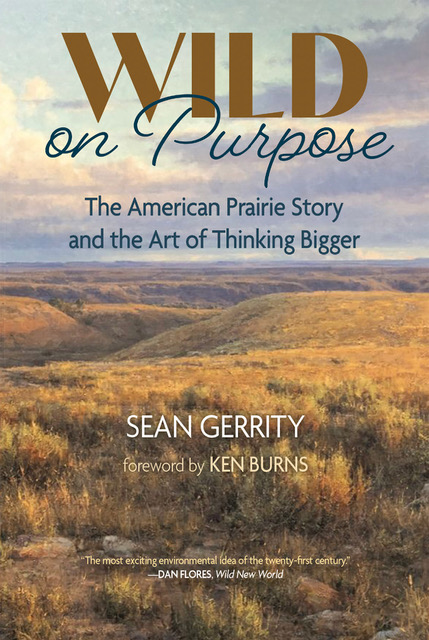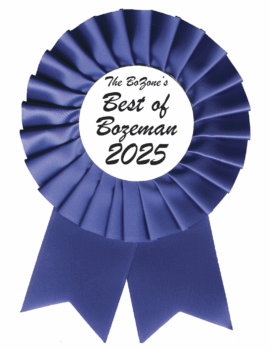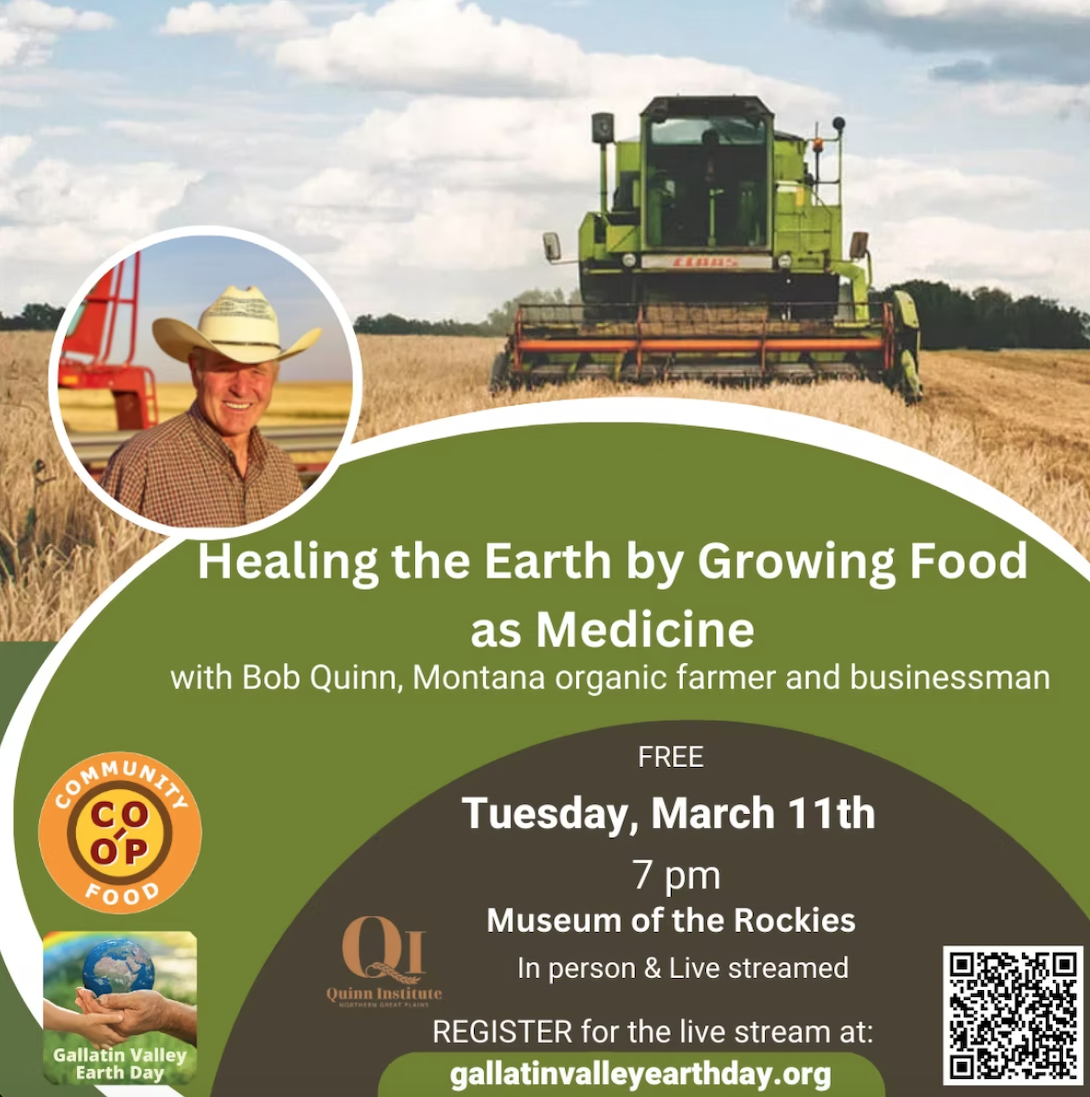COVID-19 and other diseases, Man’s insatiable appetite to screw with Nature: A Commentary
Remember the old saying, “We’re our own worst enemy.” It has never been more timely to say that than now. After all, it seems fitting since we are in the midst of a horrific nightmare of the COVID-19 pandemic. Mankind has been a purveyor of sickness and disease (human and animal) ever since the beginning of time. If some think that statement is too harsh, so be it. But it is true today with this pandemic. None of this had to happen, and even though the root cause of this disease outbreak may not be completely known or fully understood, there is strong evidence to suggest this virus spread from the “wet markets” existing in the Wuhan area of China.
We bring this up because it is very relatable to how man has treated the world about him with little or no reverence, like his/her special playground. All we have to say is look how man has treated our forests, our wildlife and their habitat, the air, water and our atmosphere. We have decimated or interfered with so many of the natural processes that make this planet worth inhabiting.
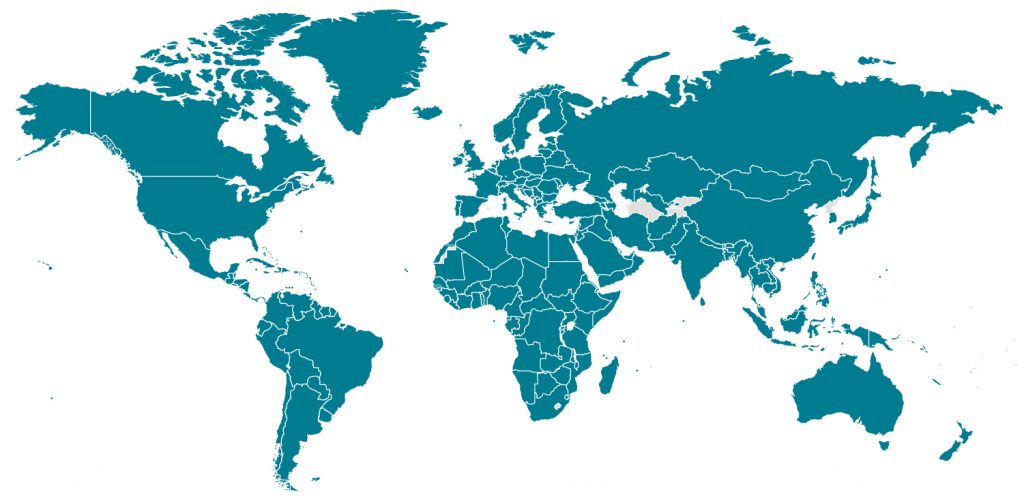
CDC global map showcasing the outbreak of the coronavirus around the world as of 12pm ET, April 27, 2020.
In a recent article in “The Hill” entitled “U.N. biodiversity chief calls for international ban of wet markets”, the author of that piece, Justin Wise1, reported on the interview between the Guardian Magazine and Elizabeth Maruma Mrema, the acting executive secretary of the U.N. Convention of Biological Diversity. In that interview, Elizabeth made this statement.
“The message we are getting is if we don’t take care of nature, it will take care of us.”
The article by Justin goes on to further state:
“The comments came as officials around the world ramp up their calls for countries such as China to crack down on wildlife markets that are believed to play a leading role in the spread of infectious diseases. Experts believe the novel coronavirus first appeared in a wet market in Wuhan, China, known for selling exotic game alongside more common animals.”
Gallatin Wildlife Association (GWA) suggests that its membership and all viewers of this column read this article by Justin. The link can be found here:
While there may be some unknowns as to how this virus spread, whether it was from bats or pangolins to humans, or some other connection, there doesn’t seem much disagreement that it did. GWA makes that last statement based upon another research article based in the Global Health News Wire2. Here this article states this epidemic was of natural origin, disputing those conspiracy theories of a man-made virus experiment gone awry. There are two possibilities mentioned in that article and explained here:
“In one scenario, the virus evolved to its current pathogenic state through natural selection in a non-human host and then jumped to humans. This is how previous coronavirus outbreaks have emerged, with humans contracting the virus after direct exposure to civets (SARS) and camels (MERS). The researchers proposed bats as the most likely reservoir for SARS-CoV-2 as it is very similar to a bat coronavirus. There are no documented cases of direct bat-human transmission, however, suggesting that an intermediate host was likely involved between bats and humans.”
“In the other proposed scenario, a non-pathogenic version of the virus jumped from an animal host into humans and then evolved to its current pathogenic state within the human population. For instance, some coronaviruses from pangolins, armadillo-like mammals found in Asia and Africa, have an RBD structure very similar to that of SARS-CoV-2. A coronavirus from a pangolin could possibly have been transmitted to a human, either directly or through an intermediary host such as civets or ferrets.”
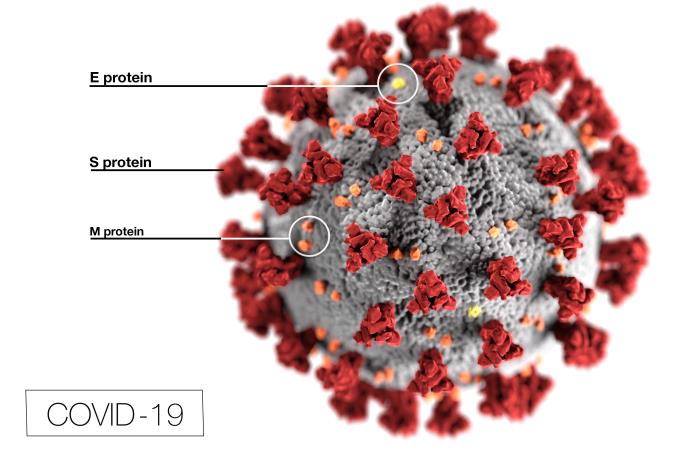
“This illustration, created at the Centers for Disease Control and Prevention (CDC), reveals ultrastructural morphology exhibited by coronaviruses. Note the spikes that adorn the outer surface of the virus, which impart the look of a corona surrounding the virion, when viewed electron microscopically. In this view, the protein particles E, S, and M, also located on the outer surface of the particle, have all been labeled as well. A novel coronavirus, named Severe Acute Respiratory Syndrome coronavirus 2 (SARS-CoV-2), was identified as the cause of an outbreak of respiratory illness first detected in Wuhan, China in 2019. The illness caused by this virus has been named coronavirus disease 2019(COVID -19).” Picture and statement from CDC website.
For those real science buffs out there, let me suggest this article in the Global Health News Wire. The author is not provided within the piece at this point, but it mentions the close relationships that man has had with the animal kingdom.
Perhaps it is too easy to pass judgment on the appetite and behavior of other societies, especially those of poorer stature. There are certainly many of those around the world. It is easy within our western civilization to look down on the habits of others. It is easy to pass judgment. But that’s not what this is about. It’s not about societies; it’s about man’s interference (wherever he is from) upon the animal kingdom, upon nature itself. The fact that wealthier countries exploit the not so fortunate ones only makes matters worse, leaving the poor to scavenge for themselves. To scavenge for what is left. Climate change only exacerbates that scenario. All of this is an example of environmental injustice. So, what do we do?
Elizabeth Mrema states it this way:
“It would be good to ban the live animal markets as China has done and some countries. But we should also remember you have communities, particularly from low-income rural areas, particularly in Africa, which are dependent on wild animals to sustain the livelihoods of millions of people,” she said.”
“Mrema added that a ban on these markets may help promote ‘illegal trade in wild animals’ if no clear alternative is in place.”
Her answer:
“We need to look at how we balance that and really close the hole of illegal trade in the future,” she said.
Anthony Fauci, Director of National Institute of Allergy and Infectious Diseases, recently said on the Fox Network:
“The novel coronavirus was a ‘direct result’ of unsanitary marketplaces.”
“It boggles my mind how, when we have so many diseases that emanate out of that unusual human-animal interface, that we don’t just shut it down.”
So again, where does this leave us? Perhaps with this thought.
Mankind has interfered in the natural processes too much. Look at the history of diseases of the world. Look at the number and variety of diseases in the animal kingdom today. They are numerous and prevalent and becoming even more so over time. Climate change is not hindering their spread; it exacerbates it. We can bring this closer to home by looking at the many diseases occurring right here on the natural landscape in the Greater Yellowstone Ecosystem. Brucellosis, chronic wasting disease, distemper and so many more are affecting the wild as we know it. Diseases are affecting cervids, wolves, fish and amphibians. GWA invites you to learn more on this topic by checking out the publication of Yellowstone Science, the Volume 15, number 2, 2007. The edition is entitled Disease Ecology and Wildlife Health in the Greater Yellowstone Ecosystem3.
GWA is involved in many attempts to limit the spread of disease especially in those cases where man has involved himself. We must remember that disease is a part of nature. It always has been. It is part of the natural process, but there are too many instances where man propagates that disease. That is where GWA says enough is enough. We’re doing so by staking out positions against the elk feeding grounds in Wyoming. We’re doing so by trying to lessen the adverse effects of climate change on moose whereby ticks due to warmer winters have spread disease. We’re doing so by trying to prevent the transmission of pneumonia diseases from domestic sheep to bighorn sheep on public lands. As you can see from these examples, man is not only fostering an environment where animal and man transmissions can occur, he is also fomenting the transmissions of diseases among the animal kingdom itself.
This proves the pain-staking reality that man has become a purveyor of sickness and disease. We are forcing ourselves upon the natural selection process of the world by deciding which species live and die by playing God with the mentality that mankind must dominate the world. But by doing so, it also opens up the opportunity for man to get bitten in the butt once in a while. This gets into a religious and philosophical discussion of who we are as a species. But just because man can dominate the world with our machines, weapons and our ideas, doesn’t mean we should.
Remember those words of Elizabeth Mrema, when she said:
“The message we are getting is if we don’t take care of nature, it will take care of us.”
It is time we take care of nature.
Clint Nagel, President
Gallatin Wildlife Association
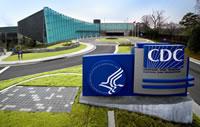
References:
-
-
Wise, Justin, “U.N. biodiversity chief calls for international ban of “wet markets”, The Hill, April 6, 2020.
-
-
- “the covid-19 coronavirus epidemic has a natural origin, scientist say”, The Global Health New Wire, https://globalhealthnewswire.com/?s=the+covid+19+coronavirus+epidemic+has+a+natural+origin+scientists+say
-
-
Cross, Paul C., et al, Disease Ecology and Wildlife Health in the Greater Yellowstone Ecosystem, Yellowstone Science, the Volume 15, number 2, 2007.
-
https://www.nps.gov/yell/learn/upload/YS_15_2_sm.pdf
-
-
All pictures from CDC website.
-

